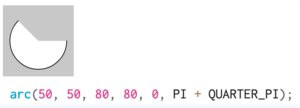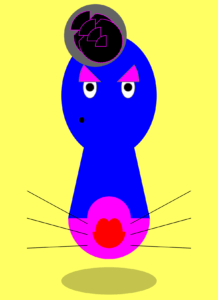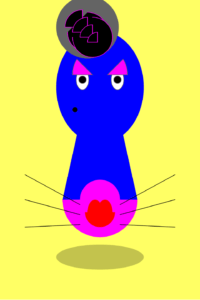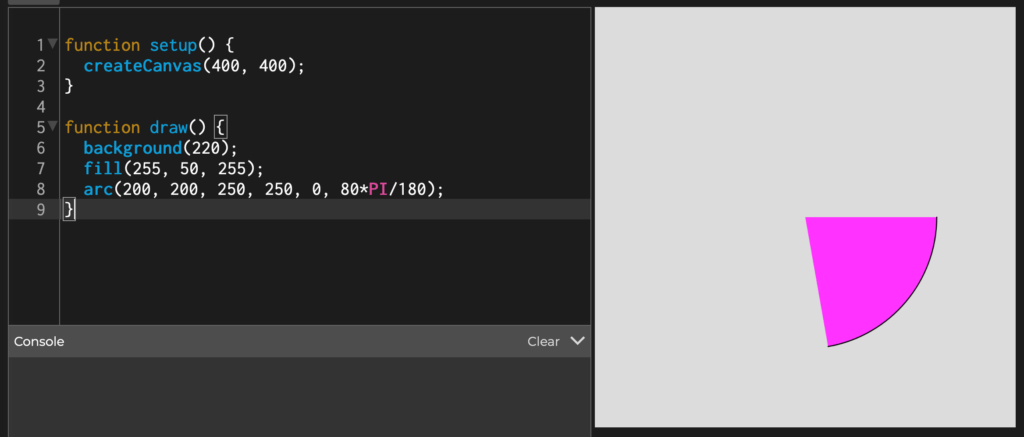I view the world through the lens of an optimistic realist with a fascination in the world of science fiction. I dream about all the amazing items from books and TV while delving headfirst into researching theories around making those things a reality. With a background in sustainable materials as well as operations, I find myself drawn towards speculating around (1) the potential material innovation, (2) the social and political impact and (3) the user interface of these science fiction innovations.
Material Research and Development
I began my research journey into new and sustainable materials while in fashion school. There, I was introduced to fabrics made out of everything from recycled ocean plastics to orange peels. The materials that peeked my interest the most were those made using bio-technology. The idea of being able to grow a garment using bacteria was fascinating. (Check out Suzanne Lee’s TED Talk on Growing Your Own Clothes if this interests you as well!) This fascination lead me down the path towards researching the current production of these innovative bio-materials. Here are just a few of the products and companies I found inspiring: Hemp Bio Leather, Zoa by Modern Meadow, hemp-based ink by Hemp Black, a vegan spider silk called Microsilk by Bolt Threads. In addition to innovation in materials, we as a society must be innovative in our thinking around why we need a particular material as well as what is the impact of every step of that materials life.
I hadn’t originally thought much about how computation applied to the development and implementation of new materials, however, it is now clear that computation is a necessary component in that development and implementation. Having already highlighted a few commercial ventures, I would like to share are few inspirational creatives using computation to explore new materials.
The Mediated Matter Group, part of the MIT Media Lab, “focuses on Nature-inspired Design and Design-inspired Nature.” This incredible group of designers and scientists have explored areas including bio-designed death masks (Vespers I and Vespers II) and Silkworm inspired/created architectural pieces (Silk Pavilion and Silk Pavilion II).
Social innovation
Computation also has the ability to uncover areas where we need to redirect resources and attention towards so that we all have a better, healthier society. Here are just a couple projects/artists using computation to track, visualize and innovate using code.
- NYC Street Trees uses data to create a map showing all the trees located through out NYC.
- Avena+ Test Bed uses agriculture, digital fabrication and mapping to challenge EU farming economies though generative farming and tech.
Organic User Interfaces
Even though electronics are so ubiquitous in our daily lives, I do consciously make an effort to step away from them. Having recently discovered the following projects, I see how computation can be used to bring the natural world into our experiences with hardware and software.
- Mud Tub by Tom Gerhardt uses mud to control a computer.
- Stone Mouse also by Tom Gerhardt which uses a stone as the computer’s mouse.
- In Order to Control by NOTA BENE Visual which uses dance to interact with the display of text.
As I move forward in this adventure of ITP NYU, I am sure to find more fascinating and unbelievable inspirations to draw from.
Thanks for reading!



